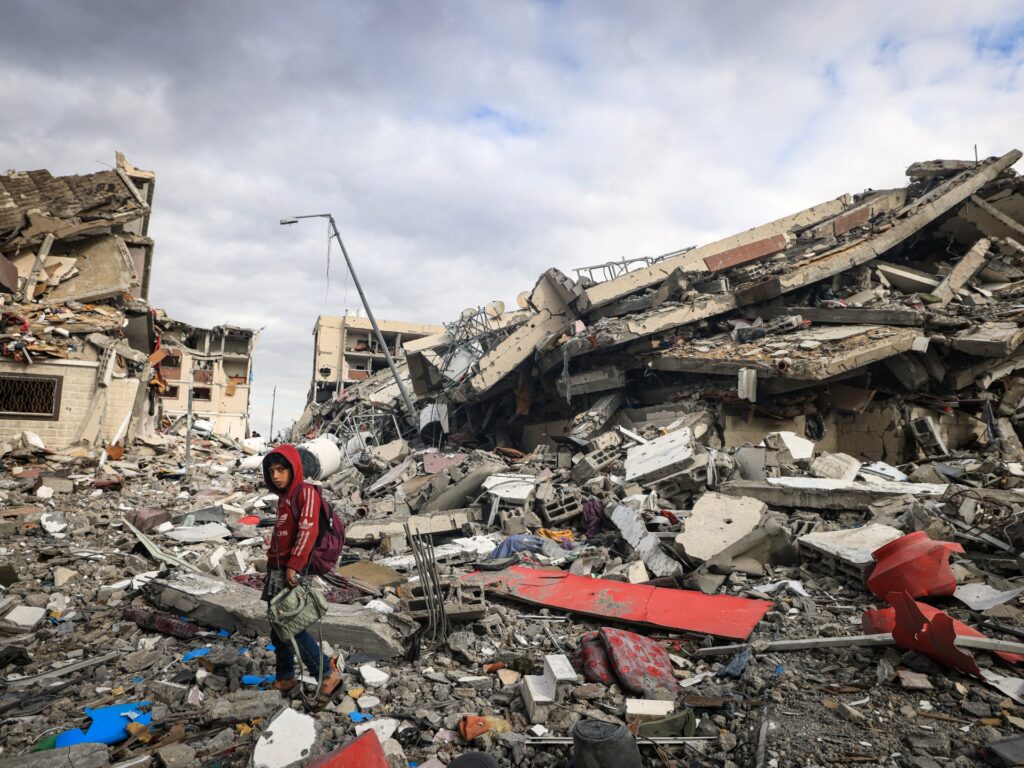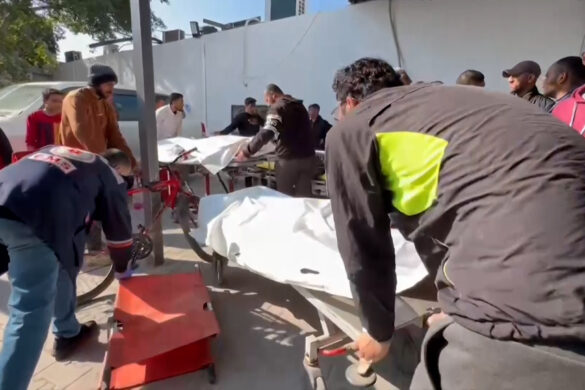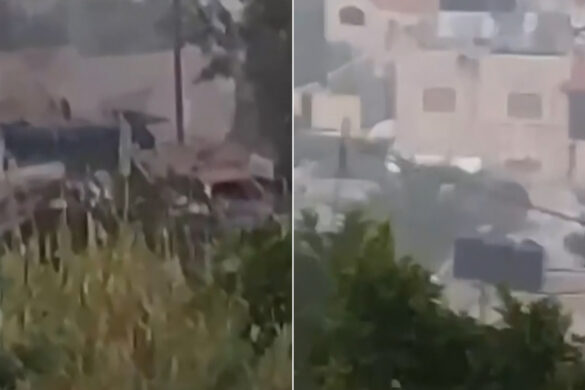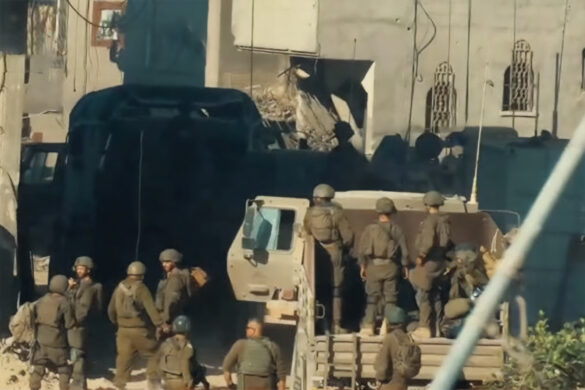The Israeli military offensive has transformed much of northern Gaza into an uninhabitable moonscape. Entire neighborhoods have been wiped out. Homes, schools and hospitals were destroyed by air raids and burned by tank fire.
Some buildings are still standing, but most are shell damaged.
The ceasefire allowed residents remaining in Gaza City and other northern areas to venture out to view the destruction and attempt to locate and bury their loved ones.
A United Nations-led humanitarian consortium estimates that more than 234,000 homes have been damaged across Gaza and 46,000 destroyed, representing about 60 percent of the housing stock in the territory, home to some 2.3 million Palestinians.
In the north, the destruction of homes and civilian infrastructure “seriously compromises the ability to meet the basic needs of life,” the statement said.
Israel’s bombing and ground offensive have displaced more than 1.8 million people, nearly 80 percent of Gaza’s population, with most seeking refuge in the south, according to the Gaza humanitarian affairs office. ‘UN.
Israeli troops have barred people from returning to the north during the ceasefire.
The UN says the truce has increased the delivery of food, water and medicine to the highest volume since the start of the war and brought fuel to homes, hospitals and processing plants. waters are desperately needed.
But the 160 to 200 trucks a day are still less than half of what Gaza imported before the fighting, even as humanitarian needs have skyrocketed.
Five days after the start of the truce, residents were still waiting hours to buy gas and cooking fuel.




